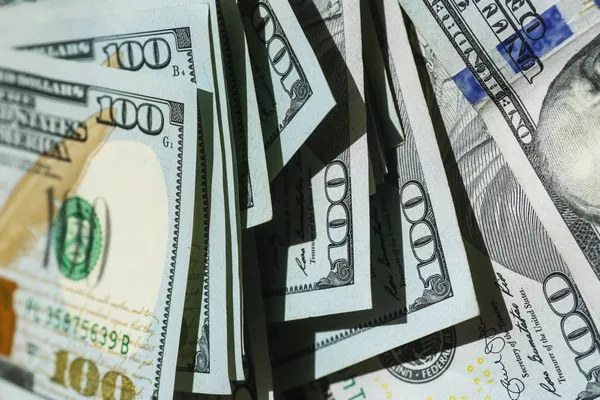In the realm of U.S. currency, the two-dollar bill stands out as a unique denomination, often sparking curiosity and questions about its origins and the faces that grace its surface. While less common in circulation compared to other bills, the two-dollar bill holds a special place in American history. In this article, we will delve into the details of who is depicted on the two-dollar bill and explore the significance of these historical figures.
The Two-Dollar Bill: An Overview
First introduced in 1862, the two-dollar bill has undergone various design changes over the years. It has seen different portraits and artistic elements, each reflecting the historical context of its time. Despite being considered rare today, the two-dollar bill has not been discontinued and is still produced by the U.S. Department of the Treasury.
Current Design: Thomas Jefferson
The most recent rendition of the two-dollar bill features a portrait of Thomas Jefferson, the third President of the United States. Jefferson’s likeness was chosen for the two-dollar bill in 1928, and it has remained a constant presence since then. The decision to feature Jefferson on the two-dollar bill was a nod to his contributions to the drafting of the Declaration of Independence and his role as one of the Founding Fathers of the United States.
Thomas Jefferson’s Contributions
Born on April 13, 1743, in Shadwell, Virginia, Thomas Jefferson was a polymath with a wide range of interests and talents. In addition to his political career, Jefferson was a renowned architect, inventor, and author. He is perhaps best known for drafting the Declaration of Independence, a document that proclaimed the thirteen American colonies as independent states, free from British rule.
Jefferson’s presidency, which spanned from 1801 to 1809, was marked by several significant achievements. The Louisiana Purchase in 1803, which doubled the size of the United States, and the Lewis and Clark Expedition are notable events associated with his time in office. Jefferson’s advocacy for religious freedom and his instrumental role in the establishment of the University of Virginia further solidify his place in American history.
The Reverse Side: Monticello
On the reverse side of the two-dollar bill is an image of Monticello, the neoclassical plantation house that served as Thomas Jefferson’s primary residence. Located near Charlottesville, Virginia, Monticello is a UNESCO World Heritage Site and a symbol of Jefferson’s architectural prowess. The depiction of Monticello on the two-dollar bill pays homage to Jefferson’s multifaceted contributions to American society.
The Historical Journey of the Two-Dollar Bill
Despite its current status as a relatively uncommon denomination, the two-dollar bill has a storied history. In the early 20th century, two-dollar bills were more widely circulated, but their issuance declined over time due to various factors, including misconceptions about their rarity. Today, they are often regarded as collectors’ items, cherished by those who appreciate their distinctive design and historical significance.
Jefferson’s Presence on Other Denominations
Thomas Jefferson’s contributions to American history extend beyond the two-dollar bill. His image also graces the nickel, a five-cent coin, where he has appeared since 1938. The choice to feature Jefferson on both the two-dollar bill and the nickel underscores the lasting impact of his legacy on the nation.
Promoting Awareness and Circulation
The relative scarcity of two-dollar bills has led to some misconceptions about their validity. In an effort to dispel these myths and promote circulation, various initiatives have been launched, encouraging the use and acceptance of two-dollar bills in everyday transactions. The U.S. Treasury actively encourages businesses and individuals to incorporate two-dollar bills into their financial transactions, emphasizing that they are legal tender and hold the same value as other denominations.
Collectibility and Cultural Significance
The two-dollar bill has become a favorite among collectors and enthusiasts, partly due to its unique status and distinctive design. Many people actively seek out two-dollar bills to add to their collections, viewing them as both a tangible piece of history and a testament to the diversity of U.S. currency. Additionally, some individuals see the two-dollar bill as a symbol of good luck, making it a popular choice for gifts and tokens of prosperity.
Conclusion
In conclusion, the two-dollar bill offers a fascinating glimpse into American history and the individuals who have shaped the nation. The enduring presence of Thomas Jefferson on the two-dollar bill serves as a reminder of his pivotal role in the founding of the United States. As collectors continue to appreciate the unique charm of the two-dollar bill, efforts to increase its circulation aim to ensure that this distinctive denomination remains a cherished part of the nation’s currency landscape.


